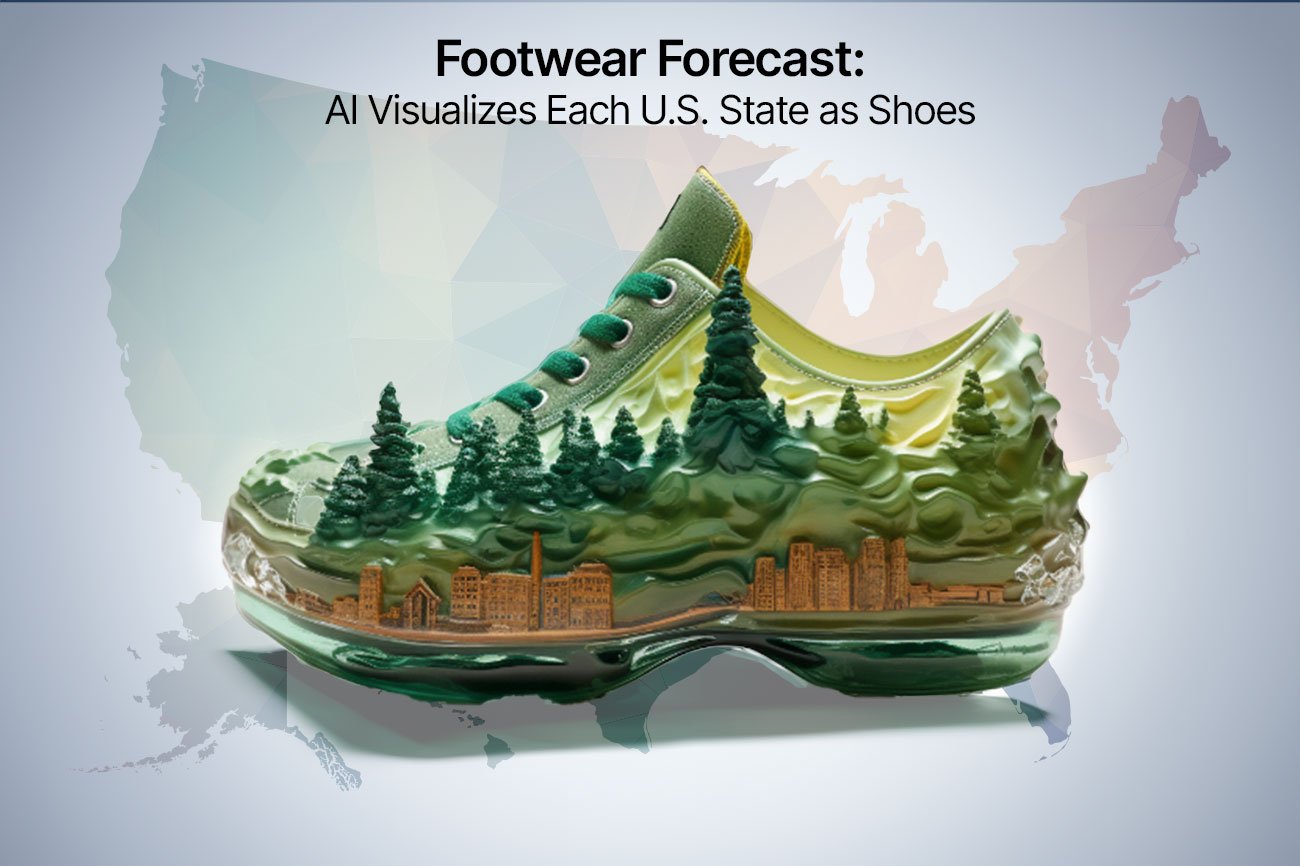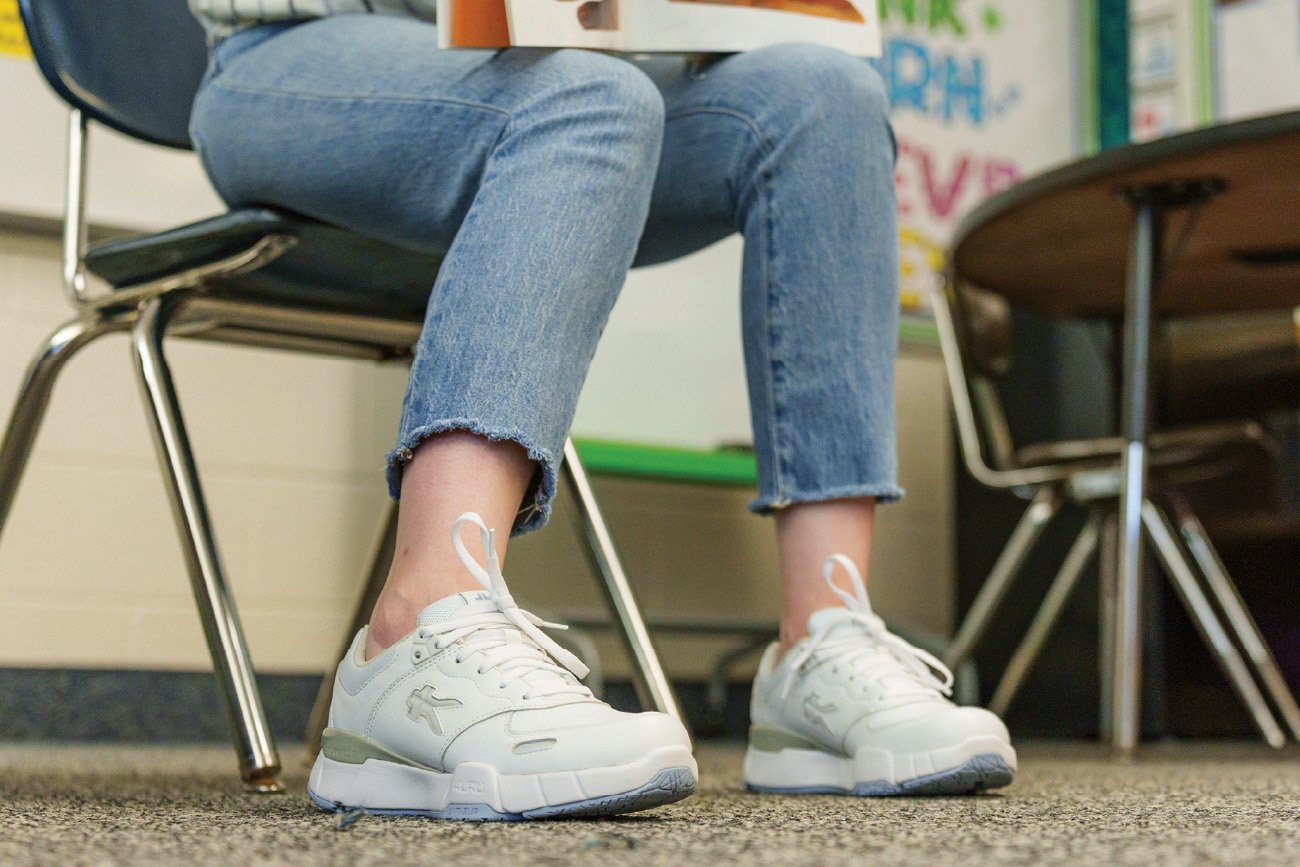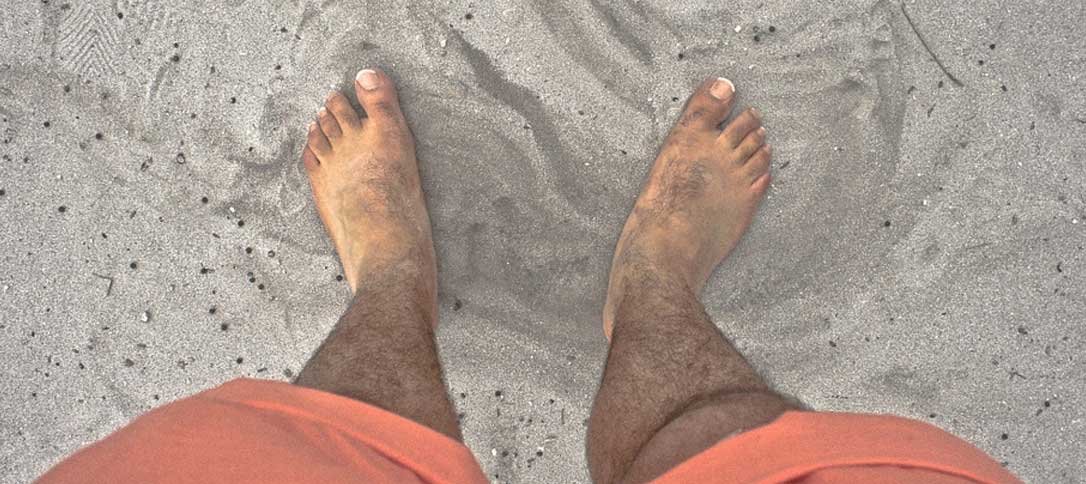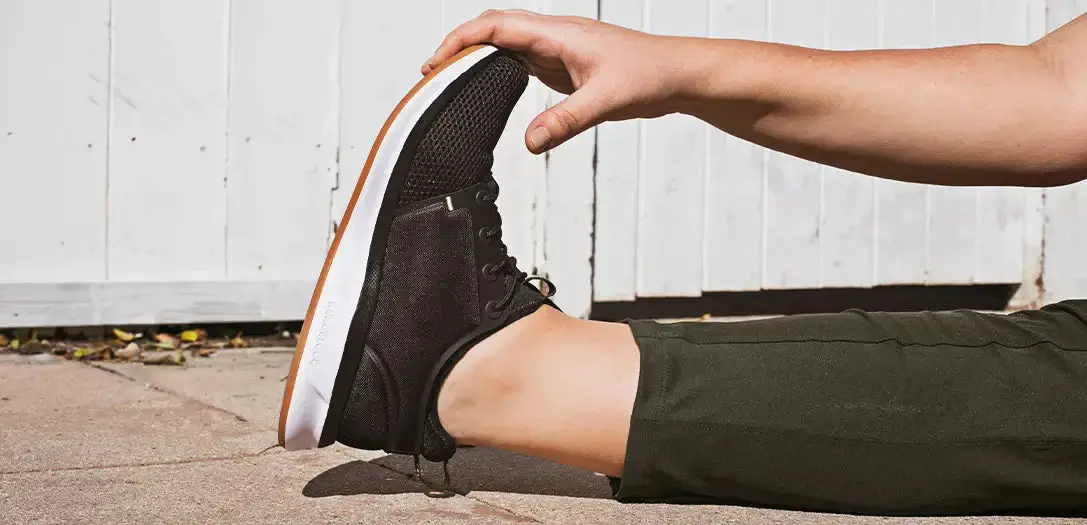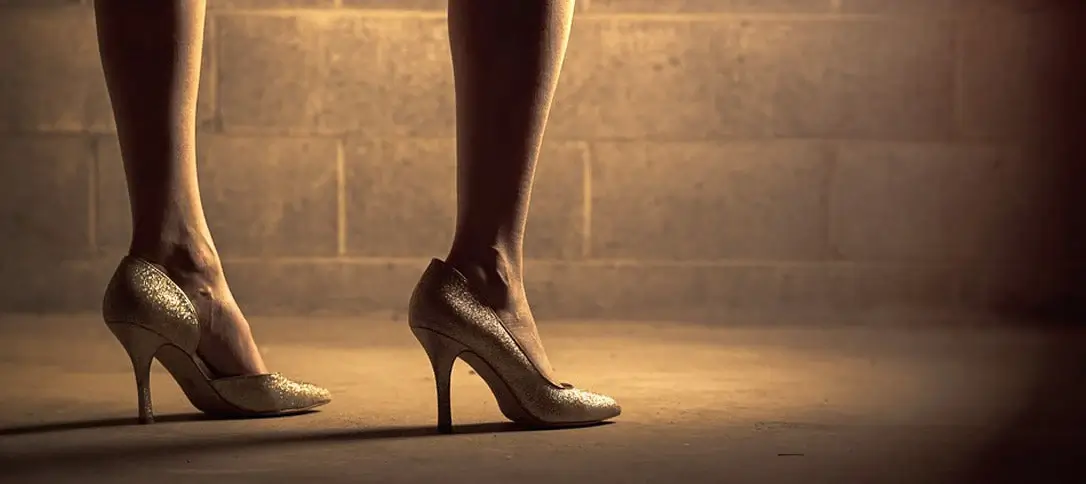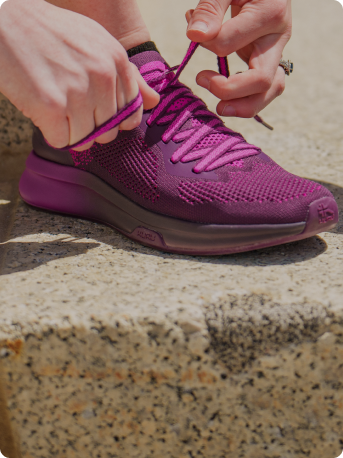Step into Comfort: The Ultimate Guide to Heel Pain
Are you tired of suffering from constant heel pain that makes every step a struggle? Look no further, because in this ultimate guide, we will help you step into comfort and bid farewell to those nagging foot woes.
Heel pain can be debilitating, affecting your day-to-day activities and overall quality of life. Whether you’re an athlete, a busy professional on your feet all day, or simply someone who wants to enjoy pain-free walking, we’ve got you covered.
We’ve compiled the most effective and practical solutions to alleviate heel pain and provide long-lasting relief. From in-depth explanations of common causes like plantar fasciitis and Achilles tendonitis, to a range of tried-and-tested treatment options, we’ve got the answers you need. So, say goodbye to discomfort and hello to walking on clouds with our comprehensive guide to heel pain relief.
Heel pain is a generic term for any pain you feel in, you guessed it, your heel. While it may be easy to determine your pain is in your heel, there can be a wide variety of causes, and treatment differs depending on the source.
The most common cause of heel pain is plantar fasciitis. Your plantar fascia runs beneath the length of your foot, and when it gets inflamed or damaged you may start to feel a sharp, stabbing sensation in your heel. Plantar fasciitis is very common among runners and those who work on their feet, or anyone who suddenly ramps up their level of physical activity.
Another common cause of heel pain is Achilles tendonitis. Like Plantar fasciitis, Achilles tendonitis is an overuse injury that flares up commonly in runners or after an increase in workout intensity. Your Achilles tendon connects your calf muscle to your heel, so this kind of pain is commonly felt at the back of your heel or the base of your calf.
Other causes of heel pain can include bursitis, heel pad syndrome, calcaneal stress fractures, nerve damage, or simply trauma or bruising from an accident or misstep.
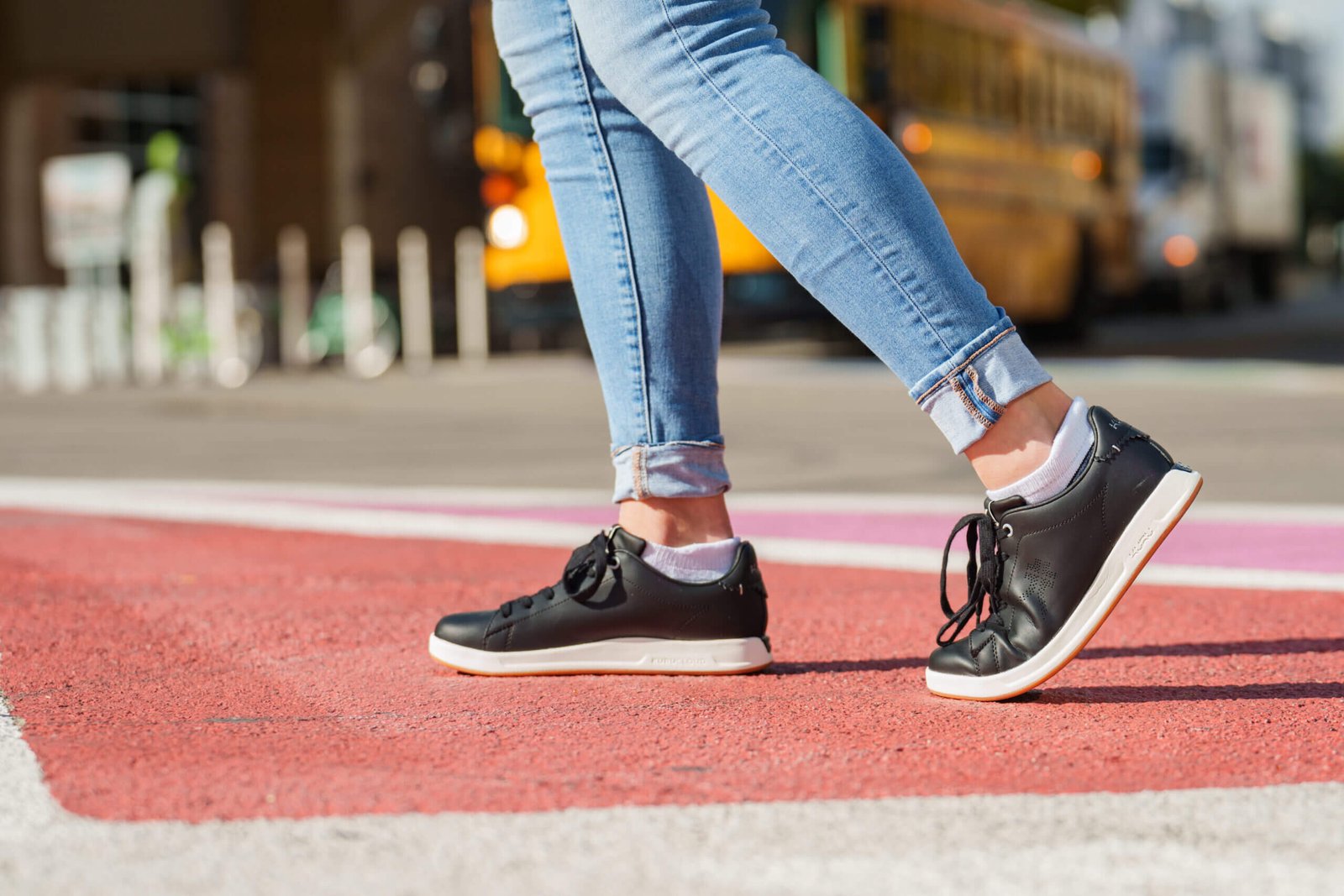
-
Plantar FasciitisThis is the most common cause of heel pain, and it usually stems from overdoing things with exercise or other activities. A stabbing sensation in the heel is one symptom of plantar fasciitis, but you may feel pain in the ball of your foot or other places as well. The pain from plantar fasciitis is usually the most intense when you first stand up after being inactive, like first thing in the morning, standing up after sitting for hours, or at the end of a long drive.Plantar Fasciitis
-
Heel SpursA heel spur is a lump of bone that sticks out from your heel. These growths don’t always cause pain, and treatments for plantar fasciitis often resolve heel pain without the need to remove a spur surgically. If the spur can be felt through the skin or is sensitive to contact, it’s more likely to be the cause of pain and require surgical treatment.Heel Spurs
-
Achilles TendonitisAchilles tendonitis is another type of overuse injury common among runners, or adults who are sedentary during the week but active on weekends. Your Achilles tendon attaches on your lower calf and connects to your heel, and when it gets irritated or inflamed you will feel pain at the back of your heel.Achilles Tendonitis
-
BursitisMany of your joints have small sacks of fluid around them called bursa to support movement and reduce friction. When these get inflamed they can cause pain, and your heels are a common site for this issue. Like many types of heel pain, bursitis is generally an overuse injury.Bursitis
-
Trauma & InjuryYour heels make regular contact with the ground as you stand, walk, run and jump. From sprains and strains to broken bones, sometimes heel pain is as simple as a one-time injury. A fracture may feel painful enough that you notice it right away, but sometimes a mild sprain or strain starts small and gets worse when not treated.Trauma & Injury
Facts and Stats
We take a look at some facts and stats you might not have known about heel pain. Read on to find out more!
- The majority of adults in the United States will experience foot pain at some time in their lives (77 percent!), but only about a third will see a podiatrist about it.
- Half of all adults in the US say foot pain has limited their activities, like walking or exercising.
- The heel is the largest bone in your foot.
- The heel pain experienced by many growing children is commonly known as Sever’s disease.
Proper diagnosis is crucial for effective treatment of heel pain. If you’re experiencing persistent or severe heel pain, it’s important to consult a healthcare professional who specializes in foot and ankle conditions. They will conduct a thorough examination of your foot, review your medical history, and may order additional tests, such as X-rays or MRI scans, to identify the underlying cause of your heel pain.
Once the cause of your heel pain has been determined, appropriate treatment options can be recommended. The treatment approach will depend on the specific condition causing the pain, as well as the severity of the symptoms.
Remember, the appropriate treatment option for your heel pain will depend on the underlying cause, so it’s important to consult a healthcare professional for an accurate diagnosis and personalized treatment plan.
Prevention is key when it comes to heel pain. By taking proactive measures, you can reduce the risk of developing common conditions that cause heel pain. Here are some preventive measures to consider:
Exercises and stretches can help improve the flexibility and strength of your feet, reduce muscle imbalances, and alleviate heel pain. It’s important to perform them regularly and consult a healthcare professional if you experience any pain or discomfort during the exercises.
-
What are the best shoes for heel pain?
The best shoes for heel pain are those that provide excellent cushioning and support to the heel area. Look for shoes with features like ample arch support, shock absorption, and a well-cushioned heel counter.
-
How do shoes affect heel pain?
Shoes play a crucial role in heel pain management. Properly cushioned shoes with good arch support and heel stability help distribute the pressure evenly, reduce strain on the heel, and provide shock absorption. Well-fitted shoes can also improve foot alignment and promote a more natural gait, alleviating heel pain caused by conditions like plantar fasciitis or heel spurs.
-
Can wearing improper shoes worsen heel pain?
Wearing improper shoes can indeed worsen heel pain. Shoes without sufficient cushioning or arch support can increase pressure on the heel, exacerbating conditions like plantar fasciitis or Achilles tendonitis. Ill-fitting shoes that cause friction or restrict natural foot movement can also contribute to heel pain and discomfort.
-
What types of footwear should I avoid if I have heel pain?
If you have heel pain, it’s best to avoid footwear that lacks proper support and cushioning. Avoid high heels, flats with minimal padding, flip-flops, and shoes with thin soles. These types of footwear can strain the heel and aggravate existing heel conditions. Opt for shoes specifically designed for heel pain relief instead.
-
Are orthotic insoles recommended for heel pain?
Yes, orthotic insoles are often recommended for heel pain. These customized or over-the-counter inserts can provide additional arch support, cushioning, and proper alignment for the feet. Orthotic insoles help redistribute pressure away from the heel, relieving pain caused by conditions like plantar fasciitis or heel spurs.
-
How should the shoes fit to alleviate heel pain?
To alleviate heel pain, shoes should fit properly. Ensure the shoes have a snug but comfortable fit with no excessive tightness or pressure points. The shoes should have ample toe box room, good arch support, and a secure heel counter. Properly fitted shoes help stabilize the foot, reduce strain on the heel, and promote better alignment.
-
Are there any exercises or stretches that can complement wearing proper shoes for heel pain relief?
Yes, there are exercises and stretches that can complement wearing proper shoes for heel pain relief. Some effective ones include calf stretches, plantar fascia stretches, toe stretches, and Achilles tendon stretches. Strengthening exercises for the feet and lower legs, such as toe curls and calf raises, can also help improve foot stability and alleviate heel pain.
-
Can heel pain be a sign of a more serious condition?
Yes, heel pain can sometimes be a sign of a more serious condition. While common causes like plantar fasciitis or heel spurs are often responsible for heel pain, it’s important to consult a healthcare professional if the pain persists or worsens. They can evaluate the condition and determine if further examination or treatment is necessary to rule out underlying issues like stress fractures or nerve problems.
According to KURU’s 2023 Foot Pain Trends Report, heel pain emerged as the most prevalent form of foot pain reported at 58%, highlighting its significance as the primary foot discomfort experienced by individuals.

Choosing the right footwear is essential for heel pain relief and prevention. Here are some tips to help you find the perfect pair of shoes:
At KURU, we pride ourselves on our unique approach to shoe design. We believe that shoes should be shaped to fit the natural contours of your feet, which is why we create every pair in three distinct support layers, not just an insole.
Our revolutionary ergonomic design starts with a curved footbed and adds unparalleled triple-layer support that includes shock-absorbing KURUCLOUD, heel-cupping KURUSOLE, and arch-supporting ULTIMATE INSOLES. The result? Shoes that are so comfortable you’ll stop thinking about your feet.
KURUSOLE
Our patented KURUSOLE technology is a game changer when it comes to heel pain. You have a pillow of fat beneath your heel called a fat …Show More
Our patented KURUSOLE technology is a game changer when it comes to heel pain. You have a pillow of fat beneath your heel called a fat pad, and this natural cushion can wear down over time.
Unlike anything else, KURUSOLE hugs your heels as you walk to reduce impact and protect your heel. Even better, this flexing action contains your fat pad to maximize your natural cushion and protect it from wear and tear.
…Show lessKURUCLOUD
You deserve cushion and shock absorption that keeps you moving all day long. That’s why we use an advanced blend of foams in our …Show More
You deserve cushion and shock absorption that keeps you moving all day long. That’s why we use an advanced blend of foams in our KURUCLOUD midsole. We found the ideal balance of cushion and support in a lightweight package, so you’ll feel like you’re on Cloud 9.
…Show lessULTIMATE INSOLE
If you’ve been trying shoe inserts for heel pain, maybe it’s time for a solution that comes built right into your favorite shoes. Enter ULTIMATE …Show More
If you’ve been trying shoe inserts for heel pain, maybe it’s time for a solution that comes built right into your favorite shoes. Enter ULTIMATE INSOLES.
The ergonomic shape helps support your arch and works with KURUSOLE to protect and cushion your heel. The advanced foams we use are more durable and responsive than standard EVA insoles, with better breathability too!
…Show less
KURUSOLE
Our patented KURUSOLE technology is a game changer when it comes to heel pain. You have a pillow of fat beneath your heel called a fat pad, and this natural cushion can wear down over time.
Unlike anything else, KURUSOLE hugs your heels as you walk to reduce impact and protect your heel. Even better, this flexing action contains your fat pad to maximize your natural cushion and protect it from wear and tear.
Fine, We’ll Tell You Our Secret
What makes KURU different? Every KURU shoe comes with built-in patented KURUSOLE tech—a foot health game changer.
While other shoes are flat on the inside, KURUSOLE is shaped like your foot to hug and prevent fatigue and pain.


